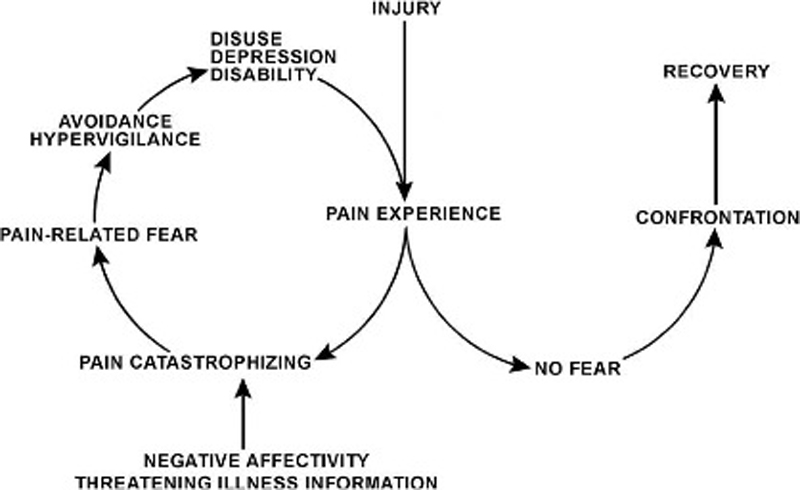The RAND 36-Item Health Survey 1.0 (SF 36)
SOURCE: Chiro.Org’s Outcome Assessment Questionnaire Page
Patient self-perception of the health care experience is becoming an important component of clinical outcomes assessment. In light of the progression toward a more closely managed health care system, chiropractors are being expected to document and quantify clinical progress. Functional health status instruments are an economical & efficient way of accomplishing that task. [1]
The RAND Health Survey measures physical functioning, social functioning, role limitations due to physical problems, role limitations due to emotional problems, sense of emotional well-being, energy/fatigue levels, pain, general health perception, and health change. These questions focus on areas of clinical complaint that many patients are experiencing upon presentation to the chiropractic office.
These are the 8 scales measured by the SF 36:
| SCALE | |
| Physical functioning | |
| Role limitations due to physical health | |
| Role limitations due to emotional problems | |
| Energy/ fatigue levels | |
| Emotional well being | |
| Social functioning | |
| Pain | |
| General health |
With the exception of perceived change in health status, which is on a single-item scale, the questionnaire contains several questions regarding each of the areas listed above, allowing the patient to evaluate his or her total health condition on a multidimensional scale.
The 36-Item Health Survey has been tested and found to be reliable and valid. It is designed to be self-administered, administered by phone, or administered by personal interview. The RAND 36-Item Health Survey takes approximately 10 minutes to fill out, and complicated explanations are not required to complete the questionnaire.
It is sensitive enough to detect low levels of ill health in patients and has been used to measure the progress of chiropractic patients in numerous studies.
You can learn more about this useful tool at our:
REFERENCE:
1. Measuring Functional Health Status in the Chiropractic Office Using Self-Report Questionnaires
Topics in Clinical Chiropractic 1994; 1 (1): 51–59




This is a good idea. And especially because it doesn’t require complicated explanations. KISS principle is always best!
My major concern is that the survey does not take into consideration a sleep variable.
Agreed. We need to find better ways of documenting our total-body effects on our patients, and this will help. Wouldn’t it be fantastic if a vast majority of DC’s in the field would agree to use these instruments?